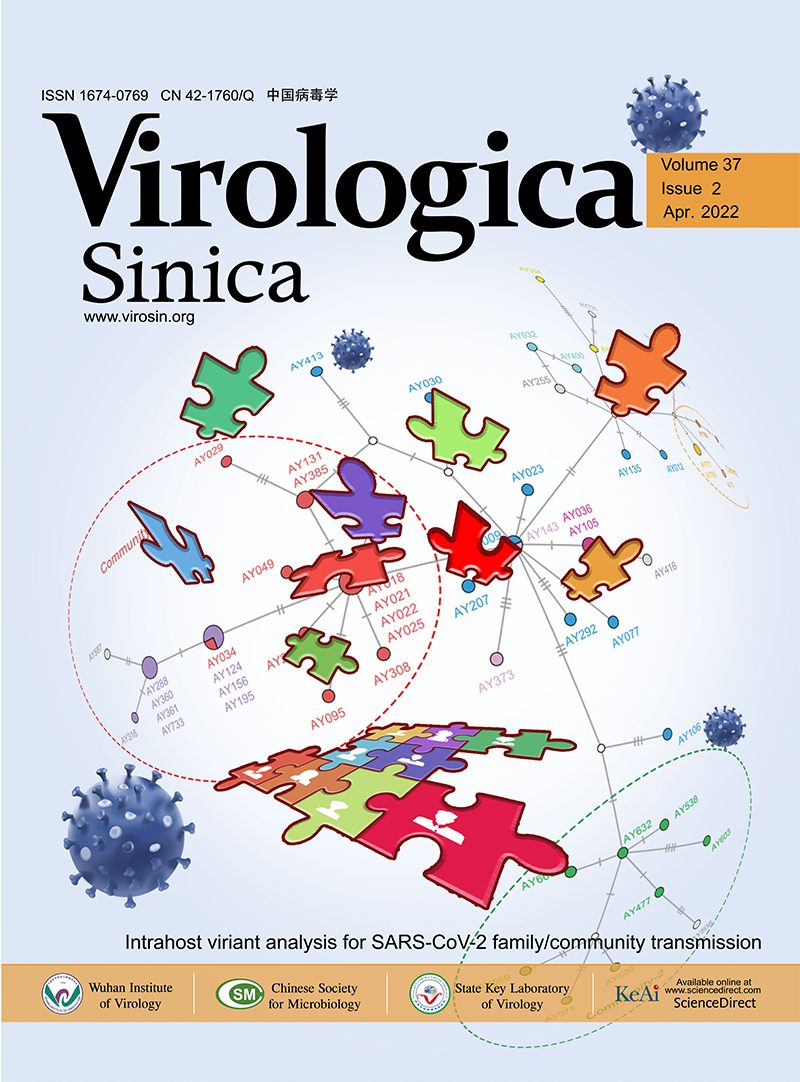-
Bolger, A.M., Lohse, M., Usadel, B., 2014. Trimmomatic: a flexible trimmer for Illumina sequence data. Bioinformatics 30, 2114–2120.
-
Buchfink, B., Xie, C., Huson, D.H., 2015. Fast and sensitive protein alignment using DIAMOND. Nat. Methods 12, 59–60.
-
Capella-Gutierrez, S., Silla-Martinez, J.M., Gabaldon, T., 2009. trimAl: a tool for automated alignment trimming in large-scale phylogenetic analyses. Bioinformatics 25, 1972–1973.
-
de Souza, W.M., Fumagalli, M.J., Sabino-Santos, G.Jr., Motta Maia, F.G., Modha, S., Teixeira Nunes, M.R., Murcia, P.R., Moraes Figueiredo, L.T., 2019. A novel hepacivirus in wild rodents from South America. Viruses 11, 297.
-
Grabherr, M.G., Haas, B.J., Yassour, M., Levin, J.Z., Thompson, D.A., Amit, I., Adiconis, X., Fan, L., Raychowdhury, R., Zeng, Q., Chen, Z., Mauceli, E., Hacohen, N., Gnirke, A., Rhind, N., di Palma, F., Birren, B.W., Nusbaum, C., Lindblad-Toh, K., Friedman, N., Regev, A., 2011. Full-length transcriptome assembly from RNA-Seq data without a reference genome. Nat. Biotechnol. 29, 644–652.
-
Hartlage, A.S., Cullen, J.M., Kapoor, A., 2016. The strange, expanding world of animal hepaciviruses. Annu Rev Virol 3, 53–75.
-
Hu, T., Li, J., Zhou, H., Li, C.X., Holmes, E.C., Shi, W.F., 2021. Bioinformatics resources for SARS-CoV-2 discovery and surveillance. Brief. Bioinform. 22, 631–641.
-
Katoh, K., Misawa, K., Kuma, K., Miyata, T., 2002. MAFFT: a novel method for rapid multiple sequence alignment based on fast Fourier transform. Nucleic Acids Res. 30, 3059–3066.
-
Langmead, B., Salzberg, S.L., 2012. Fast gapped-read alignment with Bowtie 2. Nat. Methods 9, 357-U354.
-
Li, W., Sun, Q., She, R., Wang, D., Duan, X., Yin, J., Ding, Y., 2009. Experimental infection of Mongolian gerbils by a genotype 4 strain of swine hepatitis E virus. J. Med. Virol. 81, 1591–1596.
-
Li, L.L., Liu, M.M., Shen, S., Zhang, Y.J., Xu, Y.L., Deng, H.Y., Deng, F., Duan, Z.J., 2019. Detection and characterization of a novel hepacivirus in long-tailed ground squirrels(Spermophilus undulatus) in China. Arch. Virol. 164, 2401–2410.
-
Liu, W., Wan, X., Zhong, W., 2007. Population dynamics of the Mongolian gerbils:seasonal patterns and interactions among density, reproduction and climate. J. Arid Environ. 68, 383–397.
-
Nguyen, L.T., Schmidt, H.A., von Haeseler, A., Minh, B.Q., 2015. IQ-TREE: a fast and effective stochastic algorithm for estimating maximum-likelihood phylogenies. Mol.Biol. Evol. 32, 268–274.
-
Riehm, J.M., Tserennorov, D., Kiefer, D., Stuermer, I.W., Tomaso, H., Zoller, L., Otgonbaatar, D., Scholz, H.C., 2011. Yersinia pestis in small rodents, Mongolia. Emerg. Infect. Dis. 17, 1320–1322.
-
Simmonds, P., et al., 2017. ICTV virus taxonomy profile: Flaviviridae. J. Gen. Virol. 98, 2–3.
-
Zhou, H., Ma, Z., Hu, T., Bi, Y., Mamuti, A., Yu, R., Carr, M.J., Shi, M., Li, J., Sharshov, K., Gao, G.F., Shi, W., 2019. Tamdy virus in ixodid ticks infesting bactrian camels, Xinjiang, China, 2018. Emerg. Infect. Dis. 25,















 DownLoad:
DownLoad: